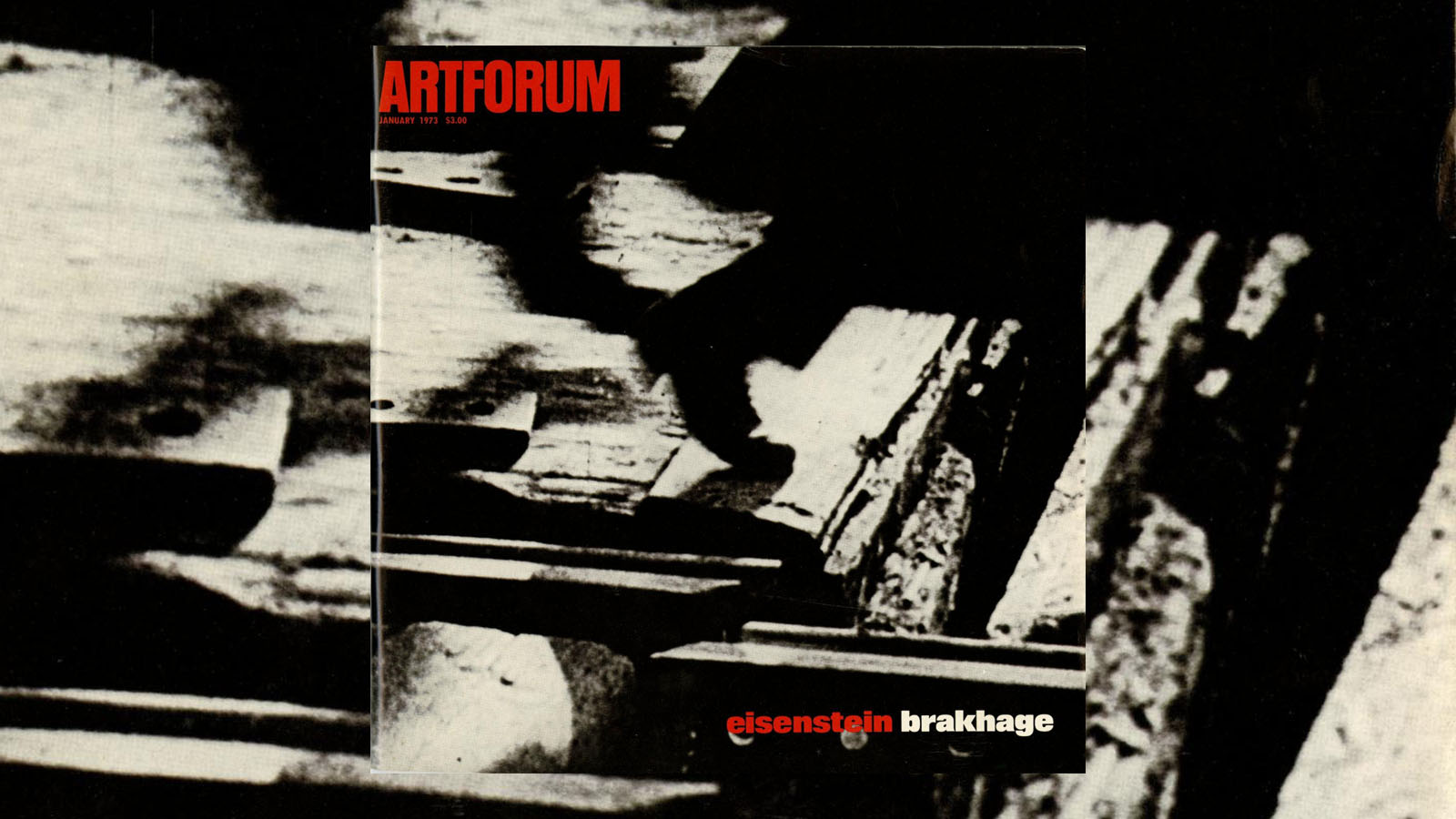Remembering Film Studies Pioneer Annette Michelson

The 1960s were a major turning point for the way academics and intellectuals thought about cinema as art. Film studies pioneer Annette Michelson, who passed away this week at the age of ninety-six, was at the forefront of shaping those conversations, often taking issue with the critical orthodoxy of the period. In 1966, she returned to New York after spending fifteen years in France, where she was an editor and critic for the Paris edition of the New York Herald Tribune and a translator of philosophical works by the likes of Jean-Paul Sartre and Simone de Beauvoir. She found the critical milieu in the States ossified by what she termed the “idealist” model of the artist, a construct that had taken hold during the heyday of abstract expressionism. Through her essays for Artforum and October, the journal she cofounded with Rosalind Krauss, and in her lectures at New York University, where she was instrumental in the establishment of the film studies department, Michelson aimed to open new critical perspectives to deal with the challenges posed by minimalism and temporal art such as performance and avant-garde cinema.
In its tribute, Artforum declares that Michelson’s film criticism “not only profoundly influenced cinema studies but helped legitimize the medium as a viable subject of scholarship.” And as critic and curator Amy Taubin tells Neil Genzlinger in the New York Times, “she was enormously influential in bringing American avant-garde film to the attention of the museum and gallery world, enabling its current investment in the moving image as a serious visual art medium.”
ARTnews senior editor Alex Greenberger notes that Michelson’s criticism “tended to merge philosophy, formalism, and elements of film and art history,” while addressing such topics as “the films of Dziga Vertov, Sergei Eisenstein, Nagisa Oshima, and Stan Brakhage; the paintings of Agnes Martin and Jasper Johns; the sculptures of Robert Morris; the dance works of Yvonne Rainer; and, perhaps most importantly, musings about the relationship between viewers’ bodies and motion pictures.”
Last year saw the publication of a collection of many of these landmark essays, On the Eve of the Future: Selected Writings on Film, a volume the includes Michelson’s seminal analyses of avant-garde work by Marcel Duchamp, Joseph Cornell, and Michael Snow. But Michelson’s most famous essay, “Bodies in Space: Film as ‘Carnal Knowledge,’” originally published in Artforum in 1969, takes as its subject one of the most popular films of all time, 2001: A Space Odyssey. “Like that black monolith whose unheralded materialization propels the evolution of consciousness through the three panels of the movie’s narrative triptych, Kubrick’s film has assumed the disquieting function of Epiphany,” she writes. Disappointed, perhaps even angry that the film was so poorly received “by a bewildered and apprehensive community (tribe? species?) of critics,” she attributed this initial response to “a crisis in criticism. And still the ‘object’ lures us on. Another level or ‘universe’ of discourse awaits us.”
That phrase “the ‘object’ lures us on” is crucial to Michelson’s project. Malcolm Turvey, who coedited Camera Obscura, Camera Lucida: Essays in Honor of Annette Michelson in 2003—the book is freely accessible from Amsterdam University Press—emphasizes in his introduction that Michelson was not a theorist, but rather, a critic. Theorists, Turvey points out, tend to analyze a work of art from the top down, beginning with a set of preconceptions built into the theory they’re beholden to, whereas a critic observes from the bottom up, starting with the work itself.
For her lively oral history Challenging Art: Artforum 1962–1974, Amy Newman spoke with Michelson about the special film issue she edited in 1973. In an attempt to win then-editor Philip Leider over to the project, she arranged to have him spend an afternoon at Anthology Film Archives, taking in work by the likes of Paul Sharits, Robert Breer, and Hollis Frampton. “And he staggered out,” recalled Michelson, “and he said, ‘I had no idea that this was happening.’ And I said, ‘What do you think I’ve been doing with my time the last five years?’”
Michelson was “a titan,” tweets critic Michael Sicinski, “a fierce intellect without whom we wouldn’t be having half the conversations about cinema that we currently have.”
For news and items of interest throughout the day, every day, follow @CriterionDaily.



